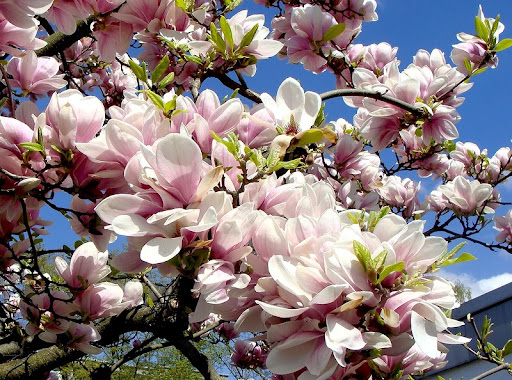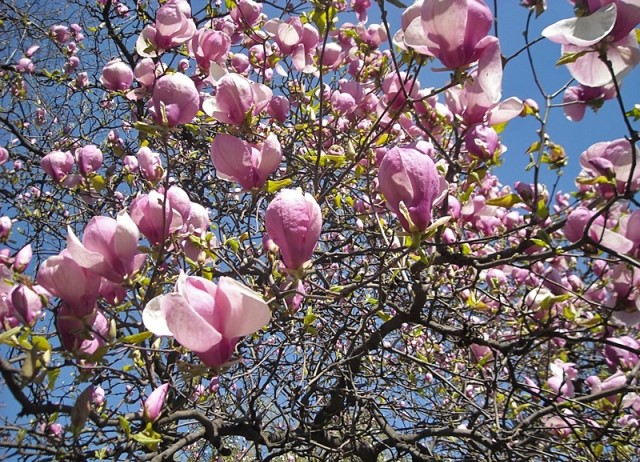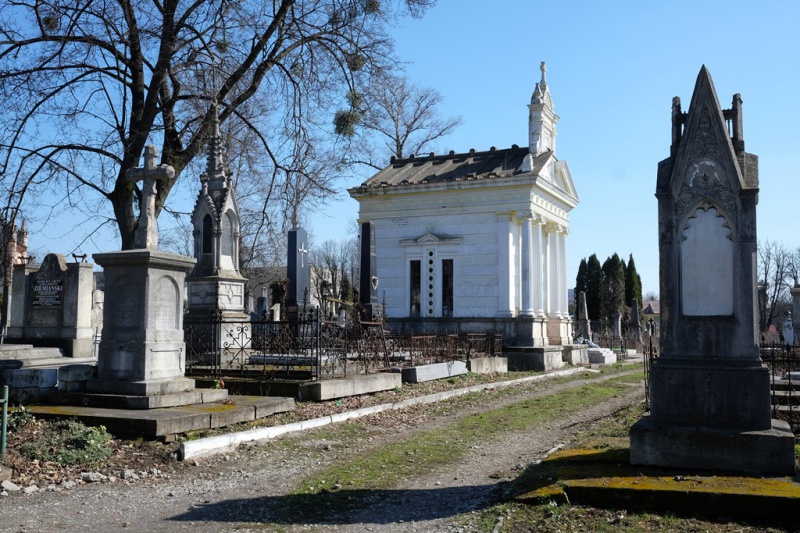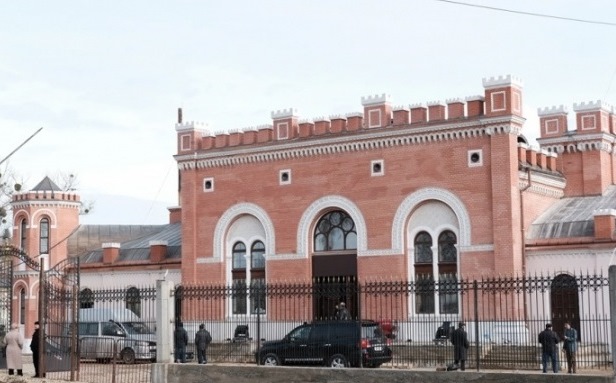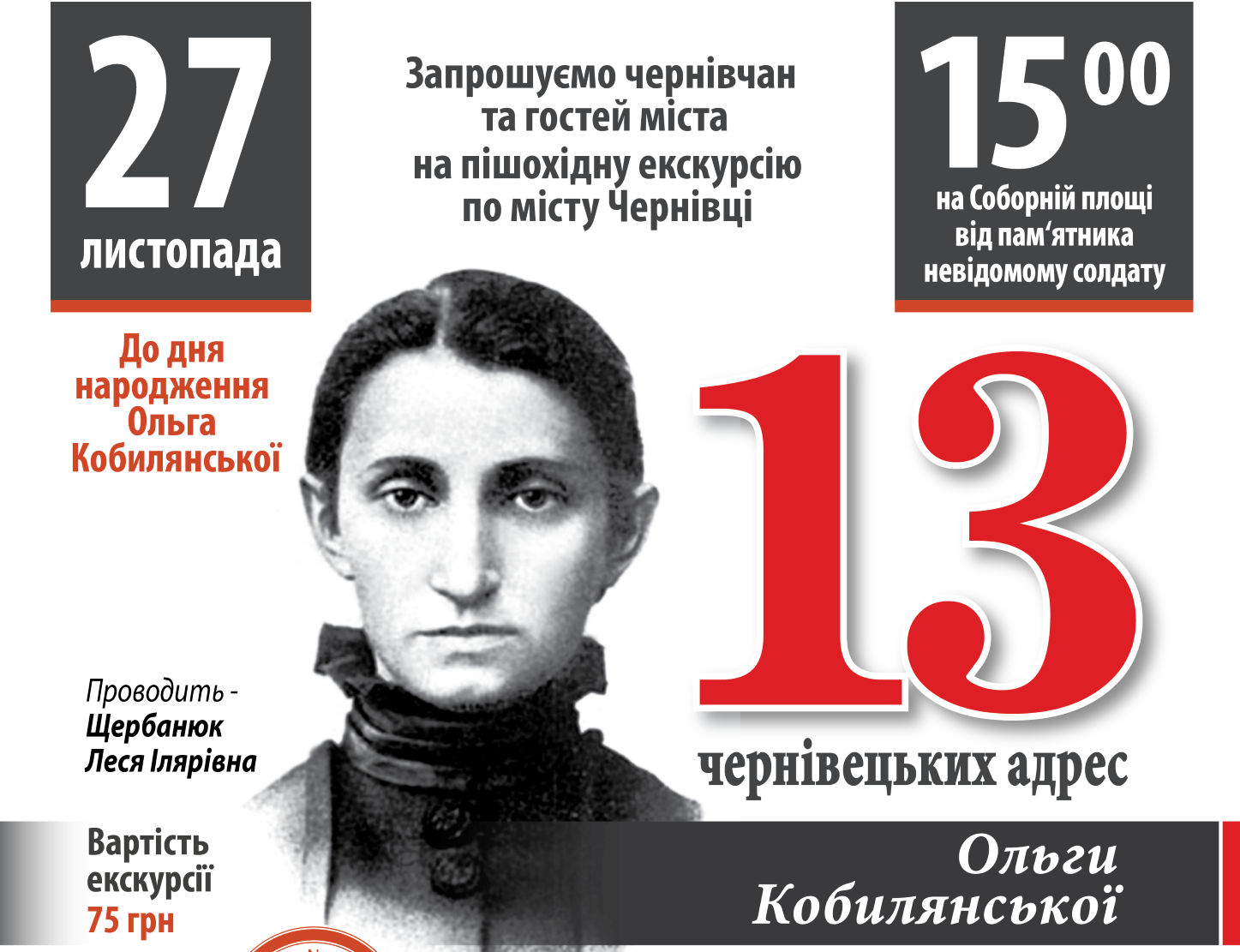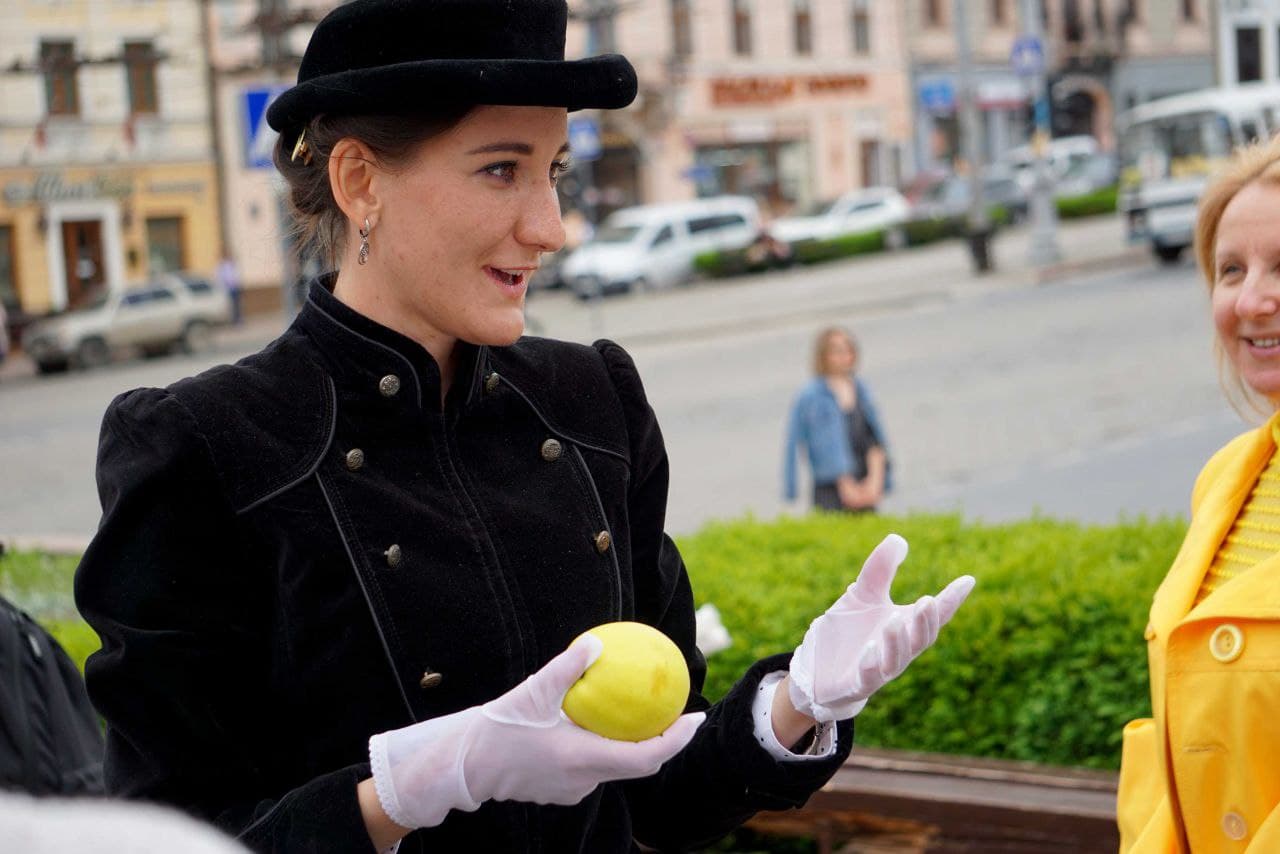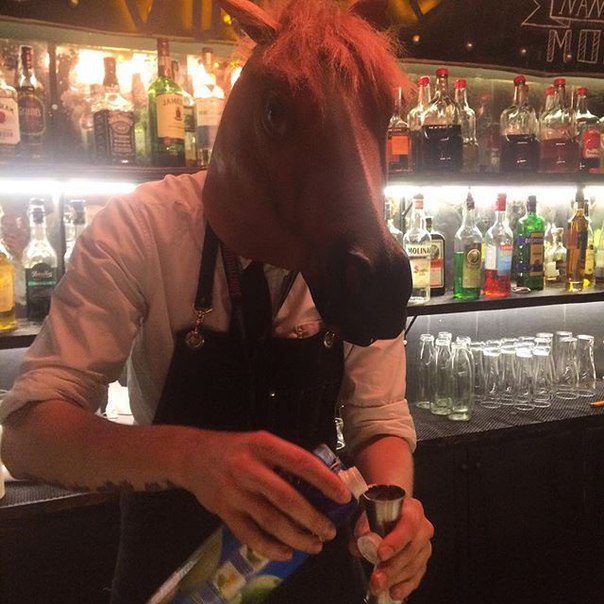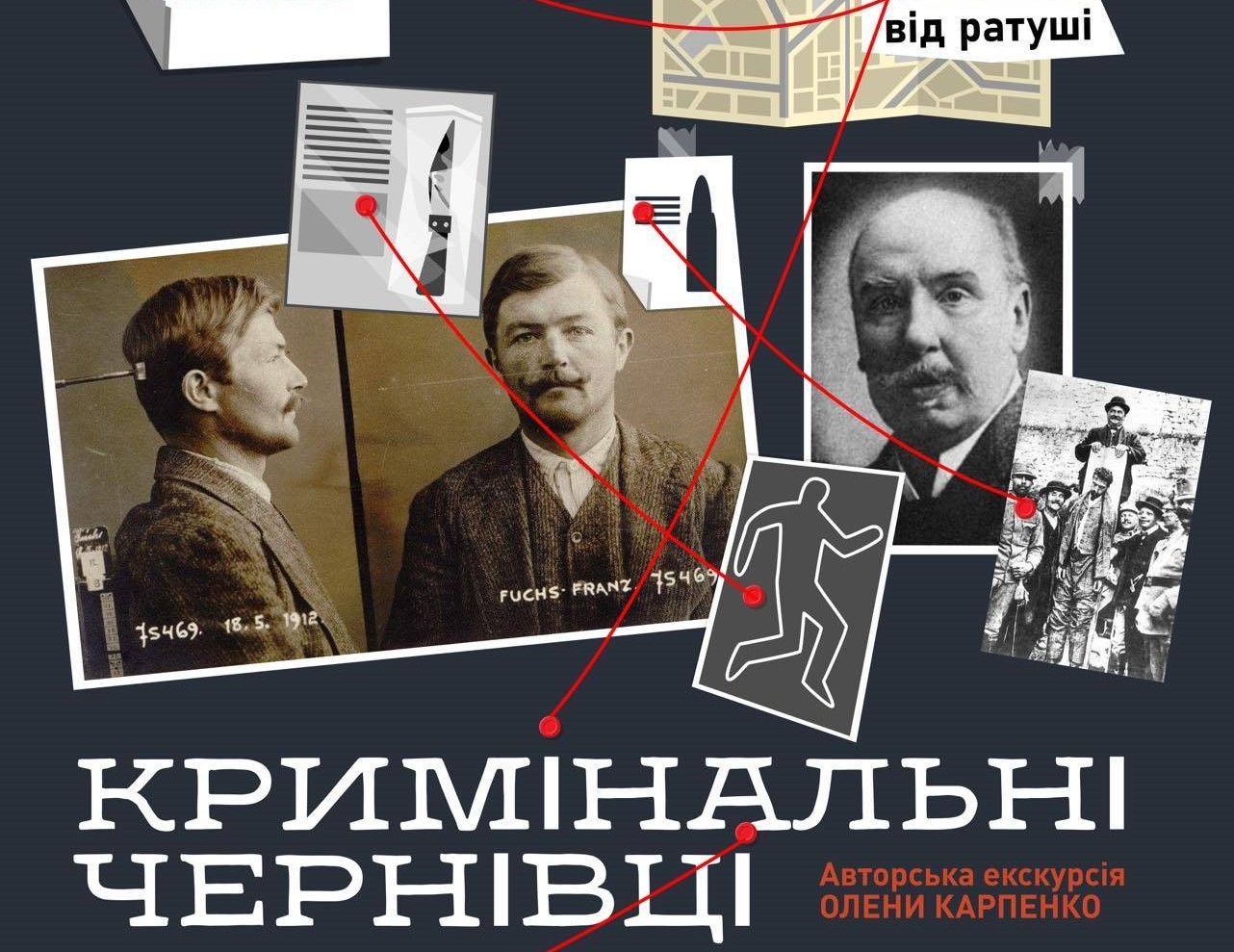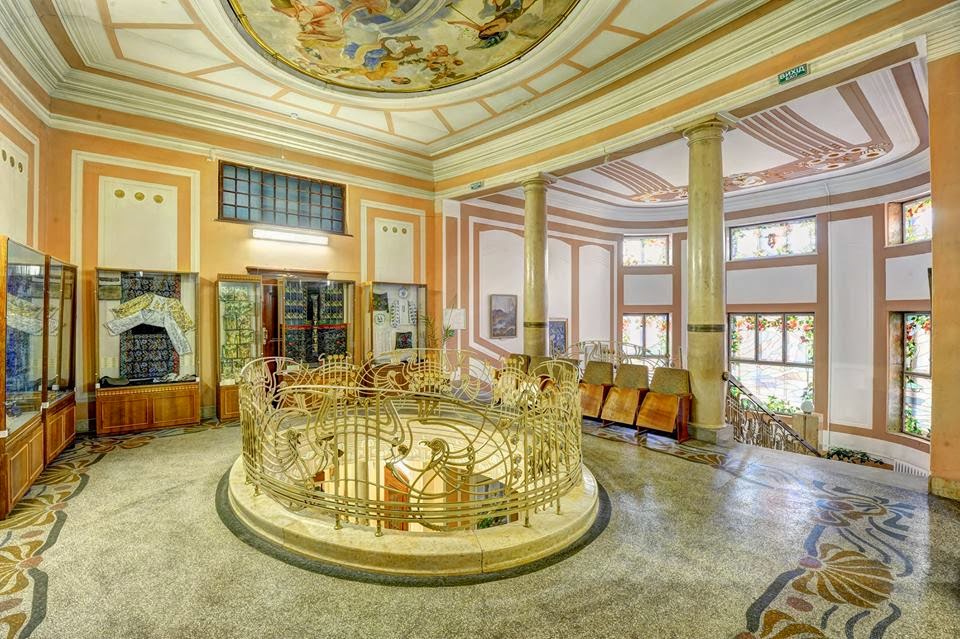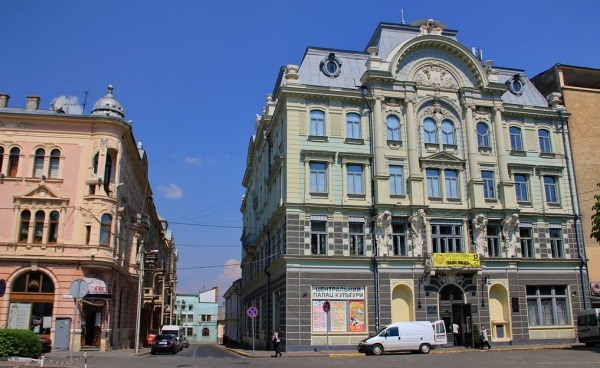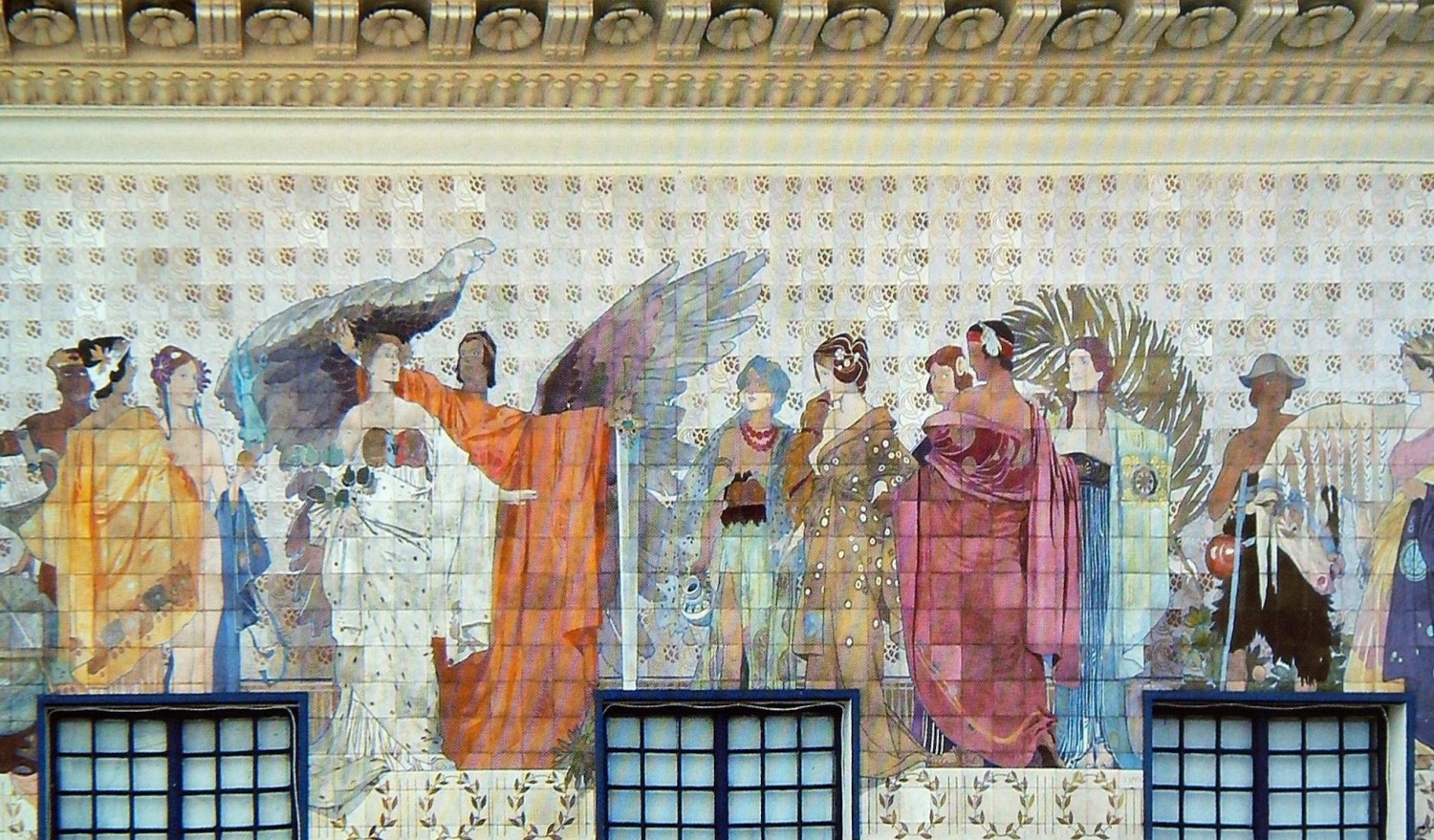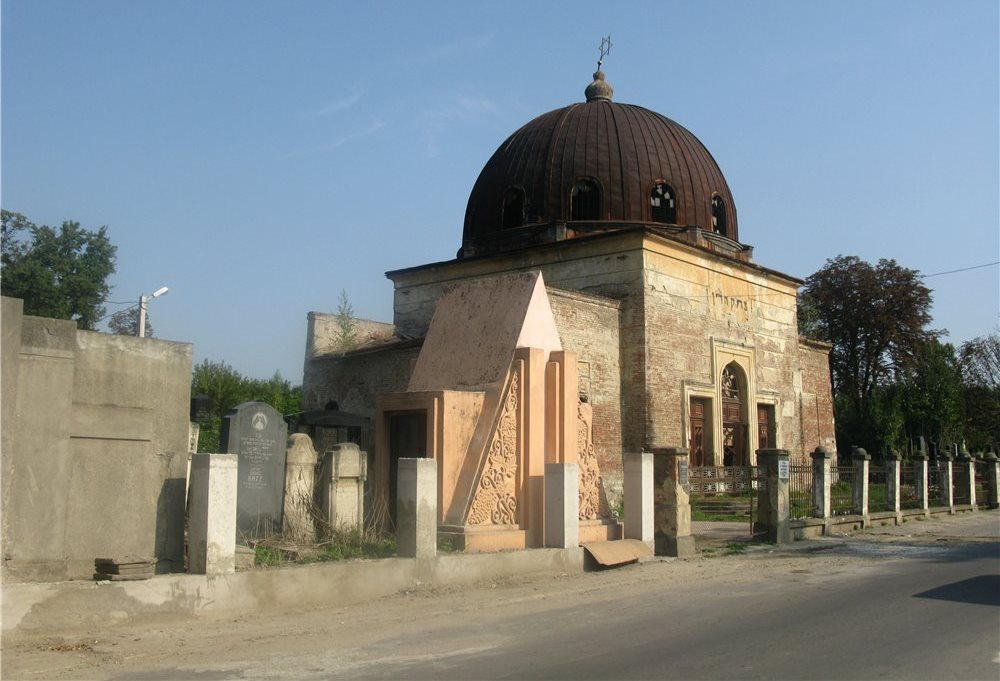Itinerary:
Chernivtsi is also called "Jerusalem on the Prut-river", because in one of its districts - Sadgora (once a separate town), lived a famous Hasidic Rabbi, Yisrael Friedman. He was buried at the cemetery in Sadgora, and still attracts many pilgrims. His residence and synagogue is currently being restored.
Chernivtsi currently operates two synagogues, but in 1939 Jews owned more than 50 places of worship. The city has much evidence that Jews made up a significant proportion of the population.
For example: The Jewish National House, that is one of the most beautiful and interesting buildings of the city. It was built in 1908 by architect T. Lewandowsky and is situated at Theater Square. In Hapsburg empire times it was the center of social and political life of the Jewish community. Under the Romanian occupation, rulers tried to demolish it and Soviet government created a cultural centre of textile. It now serves as a museum of history and culture of Jews of Bukovina and a hall for children’s concerts.
Near this Jewish national house (on Steinberg street) there was the school of "Safa ORT".
A few minutes walk from Steinberg street, we can see the cinema "Chernivtsi", previously named “October”. In 1877 here was "Temple", which was erected in the trendy at the time style by architect J. Zakhariewich with donations by the city’s richest Jews. The famous Josef Schmidt, who is also called "Bukovynian Caruso" sang here. The synagogue was burnt down during World War II, and the dome was destroyed. Now local Jews called this building "cinemagogue".
Not far from the "Temple", just above Central Square, is located one of the most expensive hotels in the city, "Central" hotel. The hotel was built and owned by a consortium of wealthy Jewish families. It was visited by only the wealthiest guests, and all the rooms had electricity, rare for the time. Its restaurant fed the finest dishes. Other notable Jewish controlled hotels were the "Bristol", "Gottlieb," "Golden Lion", "La Orient" and others.
The Jews were not only successful businessmen, but also actively participated in the public life of the city. Thus, by 1894 Dr. Edward Rice the vice-mayor and then mayor of Chernivtsi was a Jew. 1913 saw the election of Mayor Salim Vaysselberger , a Jew, who was exiled to Siberia during WW2. Through the intervention of the international community Vaysselberger was able to return to Chernivtsi.
Many Jews were patrons for the construction of cultural facilities in the city. In particular, they donated considerable sums for the construction of the Philharmonic theatre. It should be noted that the incomparable singer Sidi Tal sang in the Philharmonic. She sang in Yiddish. She has her own street, named after her in the center of Chernivtsi. Near Sidi Tal street there is the “Academy Palace”, used since 1927 as a concert hall and assembled a large library of literature in Yiddish.
There was also the house of society for cultural education of poor Jewish citizens in Chernivtsi named "Toynbihalle". It was built in 1912 for charitable funds of the Klingers. Today this house is the worship of Adventist Christians. It is located in Turkey Street.
There was a Bath on the Turkish Well Square - one of the oldest stone buildings of Chernivtsi. It also housed a Mikvah, This is a ritual indoor pool for washing, which is mandatory for Jews. Water for the pool was sourced from this well.
A Jewish hospital was founded in 1852. It treated both rich and poor people. Doctors were appointed not by religion, but by skill level. The hospital was located at Synagogue Street. In 1941 there was ghetto in these old neighborhoods.
Chernivtsi preserved old Jewish cemetery, where buried E. Steinberg - Jewish fabulist, E. Rice - the first Jewish mayor of Chernivtsi, and also representatives of prominent families of Chernivtsi – The Kislinhers, The Steiners, The Tittinhers and others. At the entrance to the cemetery there are ruins of the Room of Funeral Ceremony- “Lyayhenhalle” and symbolic Wailing Wall.
Among the most prominent representatives of the literary and artistic world of Chernivtsi are: Paul Celan, Rose Auslander, Selm aMeerbaum-Ayzinher, Alfred Marhul-Shperber, Moses Rosenkranz, Moses Altman, Joseph Elhiser and others.
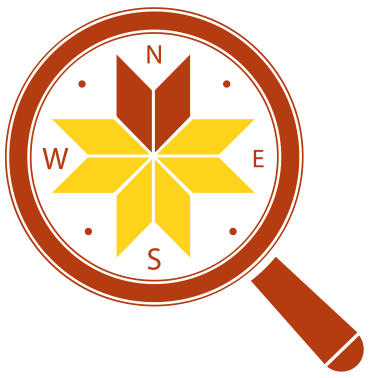




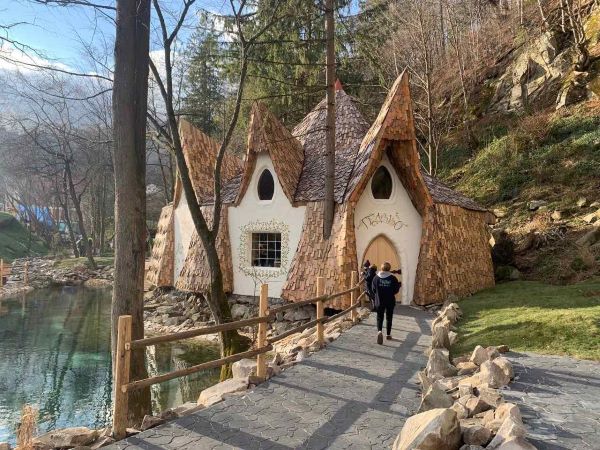 Gedzio - the park of legends in Yaremche + Bukovel
Gedzio - the park of legends in Yaremche + Bukovel
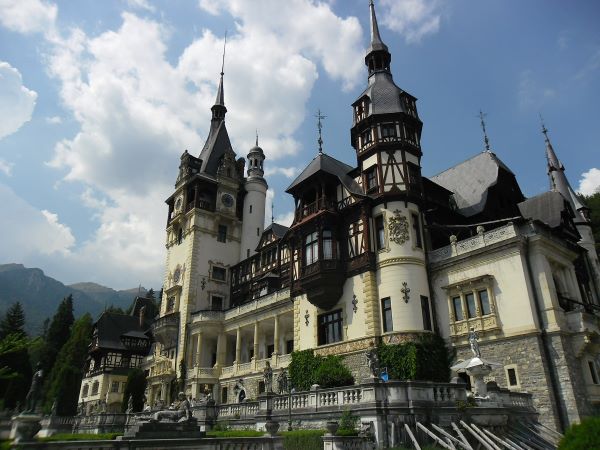 Draculas castle, Peles castle + Wednesday castle - 2 days
Draculas castle, Peles castle + Wednesday castle - 2 days
 Carpathian narrow-gauge in Romania
Carpathian narrow-gauge in Romania
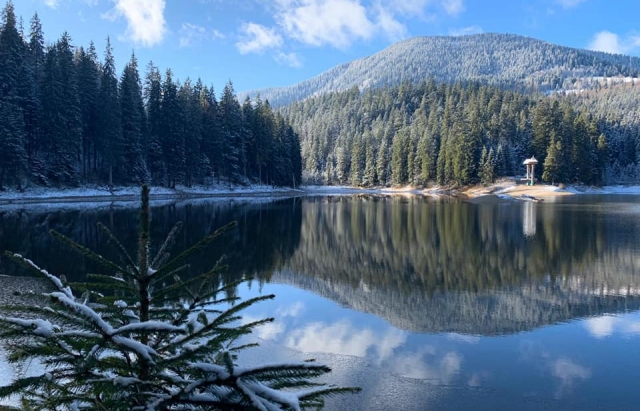 Synevyr lake -1-day tour
Synevyr lake -1-day tour
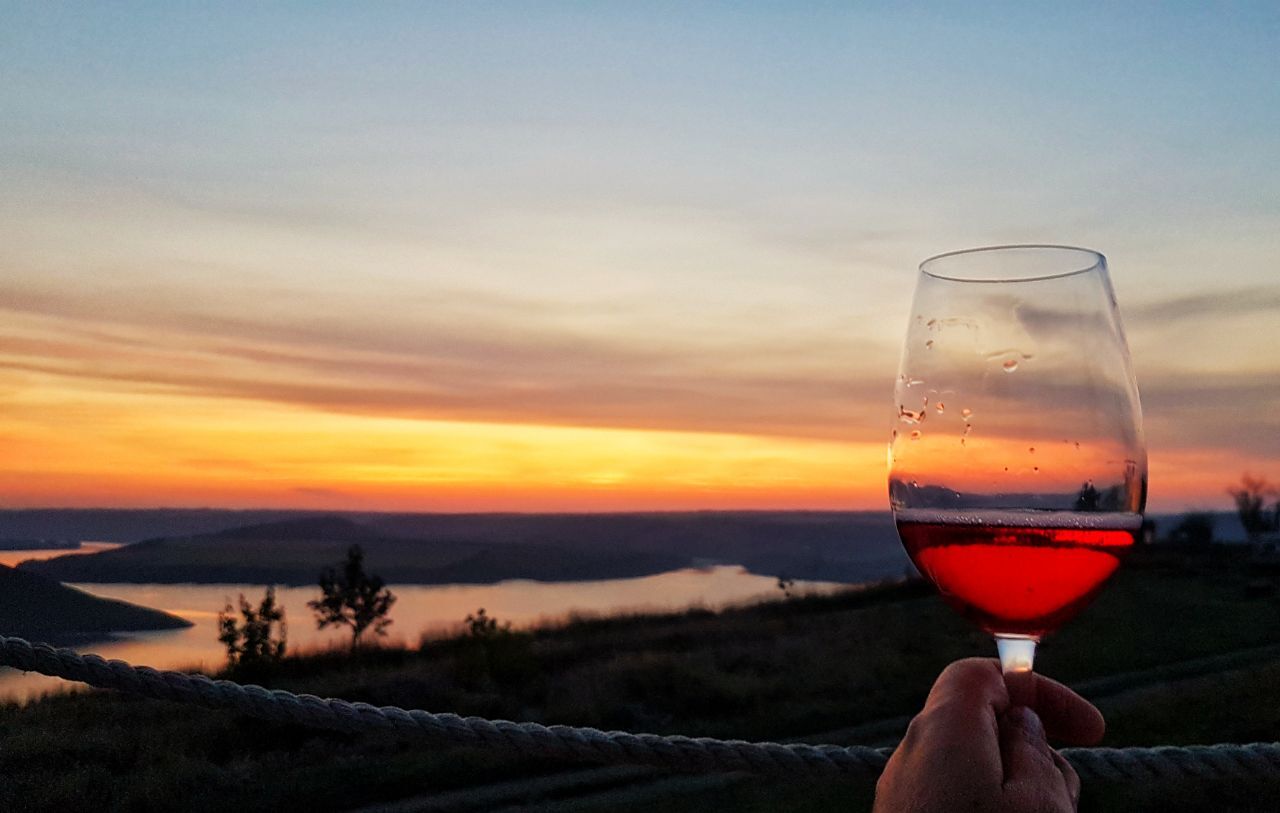 Bakota - vine degustation + Kamianets-Podilskiy
Bakota - vine degustation + Kamianets-Podilskiy
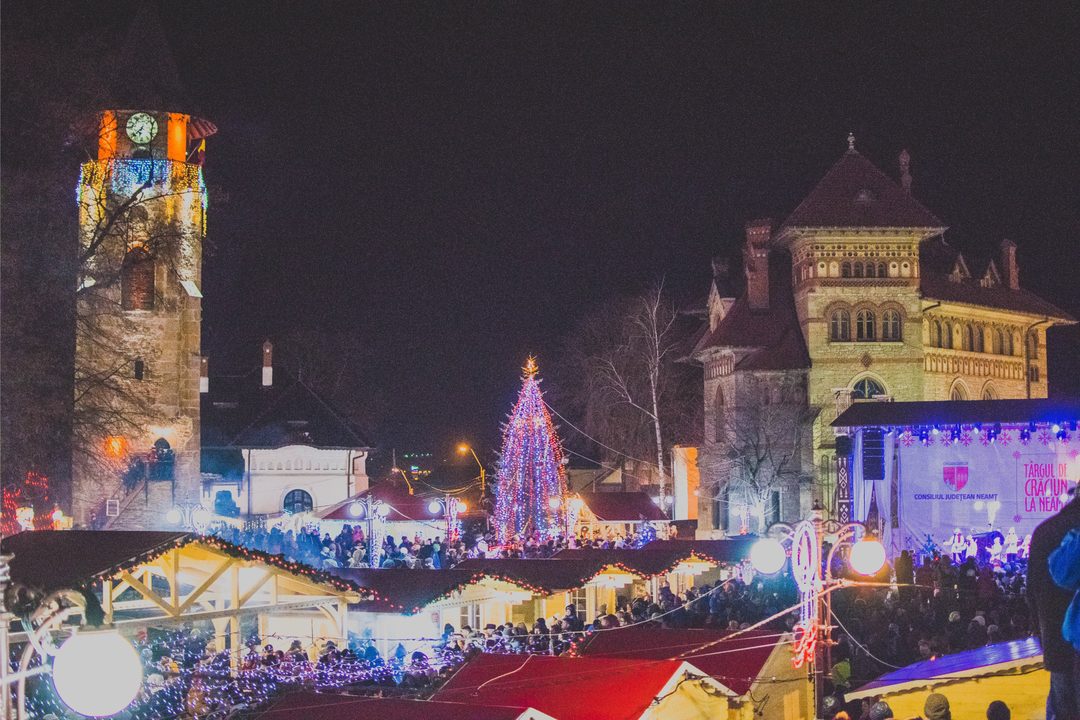 РУМУНІЯ: каньон Біказ + Різдвяний ярмарок у Пятра-Нямц
РУМУНІЯ: каньон Біказ + Різдвяний ярмарок у Пятра-Нямц
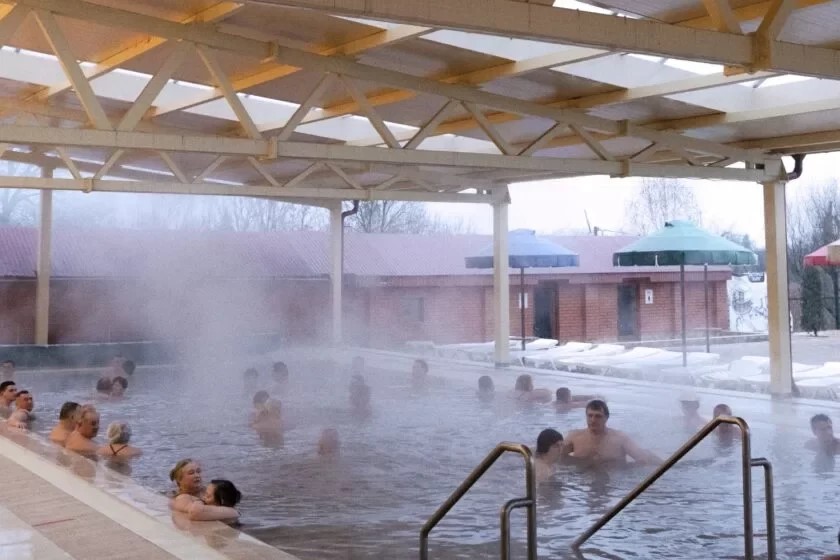 Thermal Transcarpathia for 3 days
Thermal Transcarpathia for 3 days
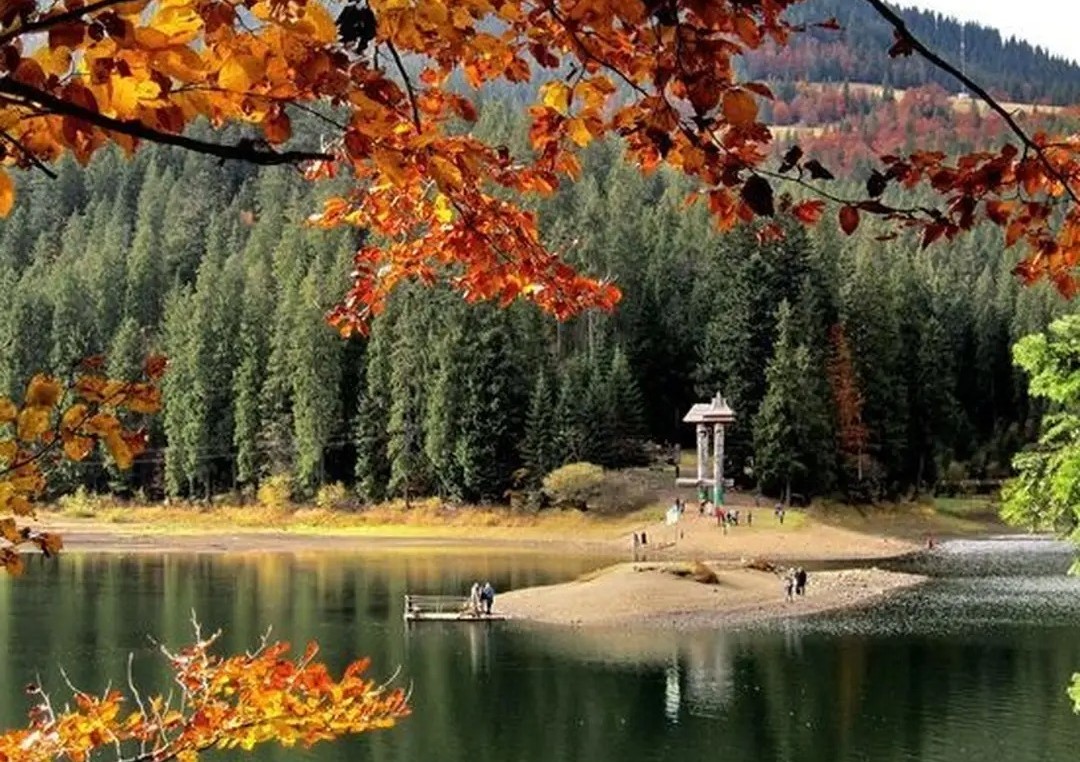 Synevyr lake + aquapark Carpatia - 2 days
Synevyr lake + aquapark Carpatia - 2 days
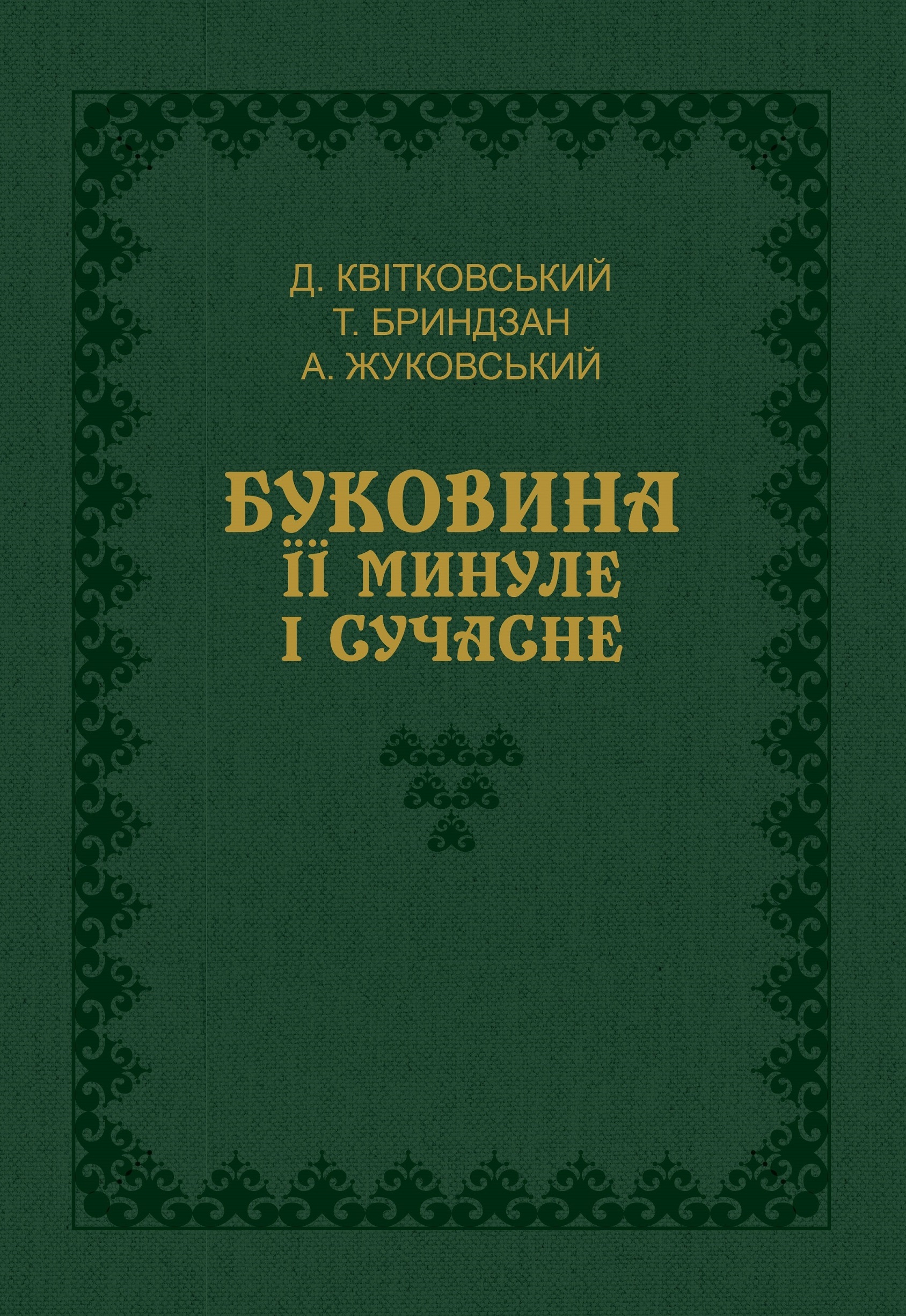


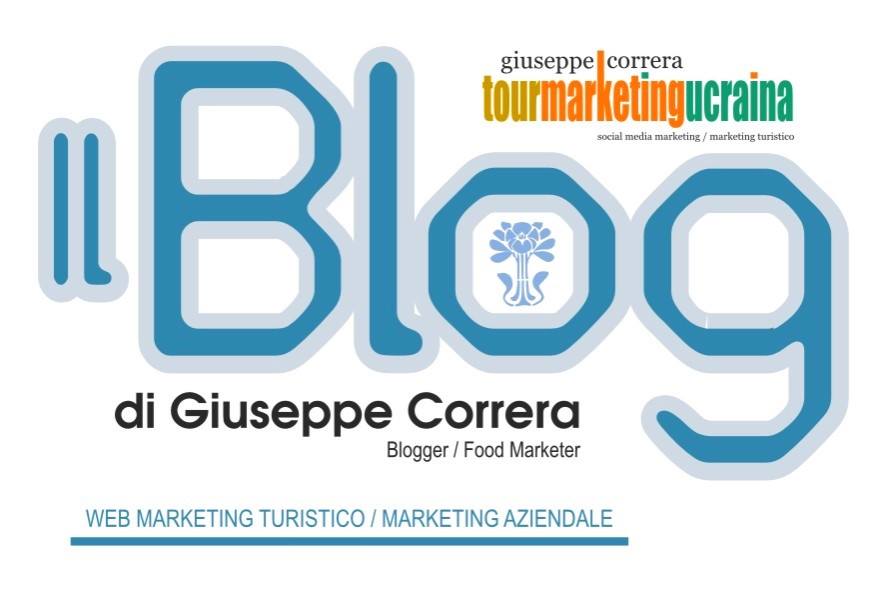

 daily
daily 
